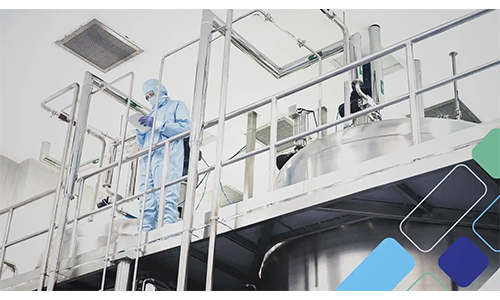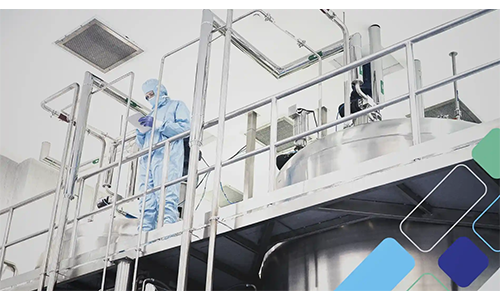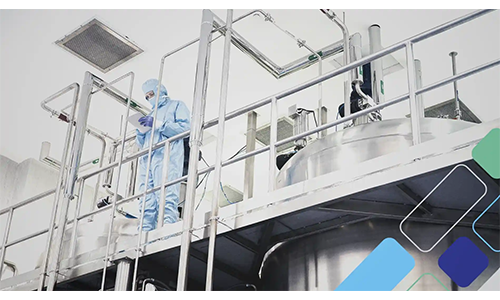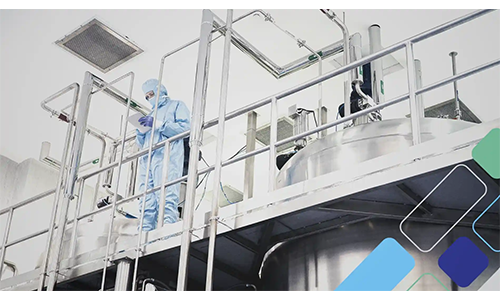Terminal velocity is the maximum speed gravity can pull an object toward Earth. Escape velocity is the speed necessary to break out of Earth’s gravitational pull. Which of these is most important depends on whether your organization is falling apart or shooting for the stars.
Over the decades, I have witnessed organizations striving to improve but being pulled back by their past strategies, practices and cultures. The ones that succeeded consistently built up the velocity of change till the new broke free of the old. The successful were not necessarily smarter than the unsuccessful, but they were definitely more determined. They constantly moved forward, creating momentum and quickly recovering when they slipped back.
We humans did not know what terminal velocity or escape velocity were until we developed better technology and metrics. Similarly, most organizations desiring to improve are not using the latest technologies for organizational change, nor are they measuring the right indicators to monitor their progress.
Too many organizational leaders naively think that they can dictate change from the C-suite. They also rely too heavily on reporting from their subordinates without demanding hard data to determine whether change is happening. Successful improvement efforts must first determine the magnitude of change and the velocity required to make that change.
If you look up terminal velocity and escape velocity, you will not usually find a number. Instead, you will find a formula. Both formulas use the gravitational constant, but they also include the mass of the object to be escaped from and the distance from the center of that mass.
The organizational equivalent of the mass of the object to be escaped from is how strong and how established your current culture is. If your workforce is highly tenured, has low turnover and has been performing similar tasks for a long time, the mass is great. If your workforce is relatively new and has changed tasks regularly, they will be more receptive to change.
The organizational equivalent of the distance from the center of the mass to be escaped from is the magnitude of change you are targeting. A few tweaks to the existing status will be relatively simple compared to a whole organizational makeover.
Leaders can easily overwhelm the workforce by announcing too many changes at once and failing to create a road map to the desired new place with milestones along the way to keep people from feeling lost. Sometimes, the wisest course is to only target one or a few changes. These constitute steps toward the final destination and let people perceive the change as a series of smaller changes rather than one large one. Both courses can minimize the perception of change and therefore minimize the resistance to it.
Latest Technologies for Organizational Change
Even a brief overview of change management technologies is far beyond the scope of this article, but I find that most leaders either proceed blindly with the ancient technologies they learned in school or hire an outside consultant to help them manage the change. Both approaches are problematic.
Old-school technologies are rife with misconceptions that have been disproven and techniques that are suboptimal at best. Many change efforts fail primarily because of using the wrong tools and techniques. Outside change management consultants often fail to fully assess the organization before prescribing flashy new techniques and processes that may not be a good fit for the culture and the prescribed change.
Metrics to track changes
Safety is an area that has historically been difficult to change, in part because of the metrics used to manage it. Organizations are beginning to move from strictly lagging indicators, but the change is slow and awkward. Many are searching for what they are calling leading indicators, which is effectively a change from one-dimensional to two-dimensional thinking. The problem is the world is a three-dimensional place.
Accidents don’t all have a directly linear causation pattern. But underlying all this is the fact that most organizations are not trying to achieve success; they are trying to avoid failure. If all your metrics are failure metrics, you tend to steer away from them rather than toward them.
Dean Spitzer, Ph.D., wisely remarked that “Most organizations don’t get what they want precisely because they don’t measure what they want.” Safety lagging indicators are measurements of what we don’t want: accidents, accident rates, severity rates, worker’s compensation offsets, costs of accidents and so forth.
Many organizations that have successfully implemented safety improvement projects have pursued metrics based on a balanced scorecard model. The model basically tracks four types of interrelated metrics:
- Safety drivers – activities designed to promote safety such as training, meetings, supervision, audits and observations;
- Safety culture and competence – if the drivers are successful, the workers will be more competent, and the culture will be more supportive of safe practices;
- Performance – better competence and culture leads to better safety performance in the workplace that is often measured through observations or automated tracking of operations; and
- Results or lagging indicators – if safety is driven, then it successfully changes culture and competence, which change performance, then performance changes the lagging indicators.
More important than changing the lagging indicators is a profound knowledge of exactly how the lagging indicators were changed and the ability to repeat that excellent performance.
No organization reaches escape velocity all at once. The speed must begin and continue to increase, building momentum that makes the next increase in speed both easier and faster. Organizational change fails when the organization gives up and quits trying. Certainly, poor technology and poor metrics can make successful change more difficult, but the last nail in the coffin is to stop accelerating before you reach escape velocity. Water at 211 degrees Fahrenheit is just hot water. Add one more degree, and you get steam. Sometimes, success is closer than you realize.
Terry L. Mathis, founder and CEO of ProAct Safety, has served as a consultant and advisor for top organizations the world over. A respected strategist and thought leader in the industry, Terry has authored five books, numerous articles and blogs, and is known for his dynamic and engaging presentations. EHS Today has named him one of the ‘50 People Who Most Influenced EHS’ four consecutive times. Business leaders and safety professionals seek Terry’s practical insight and unique ability to introduce new perspectives that lead to real change. Terry can be reached at [email protected] or 800-395-1347.















































































